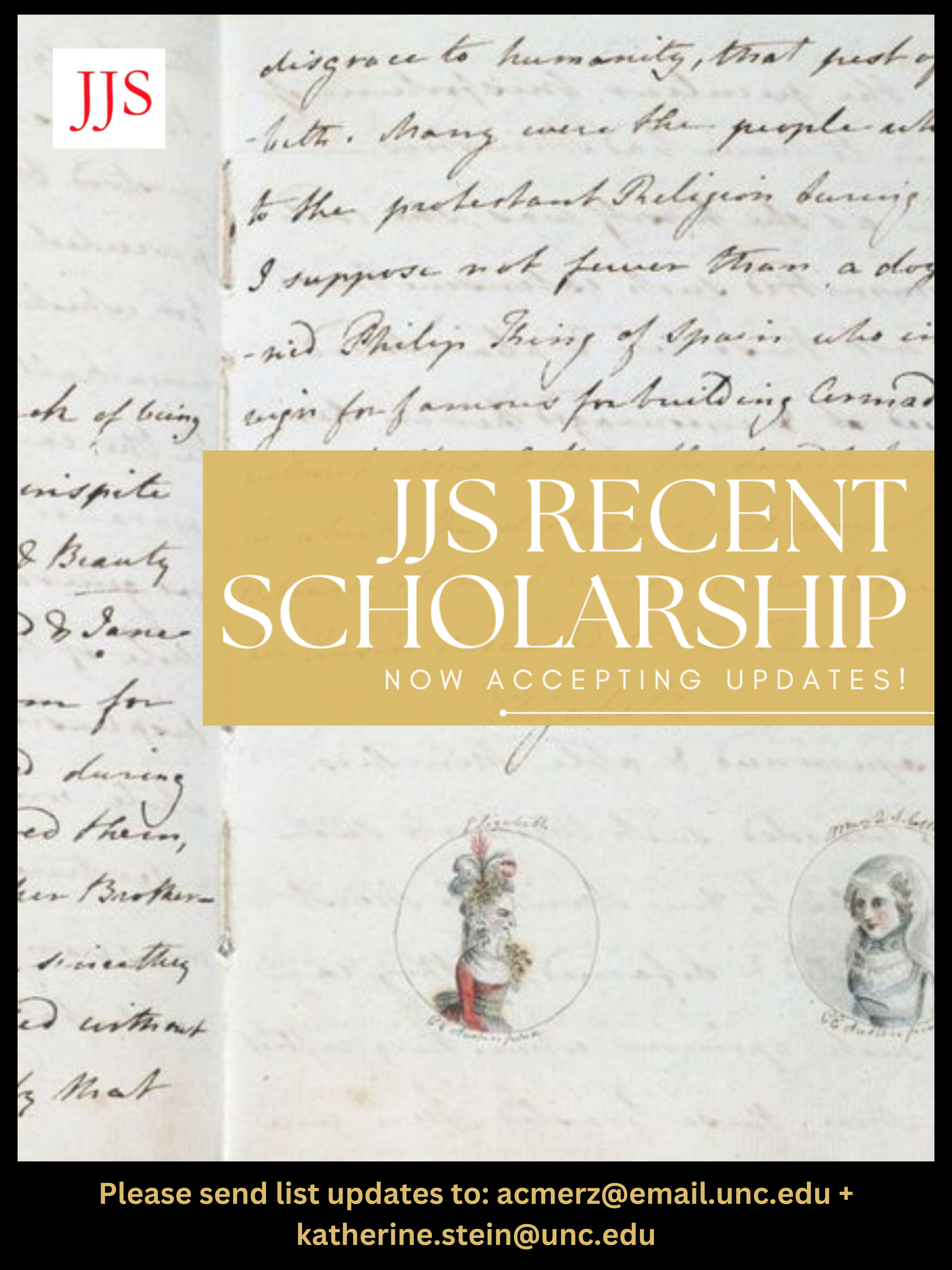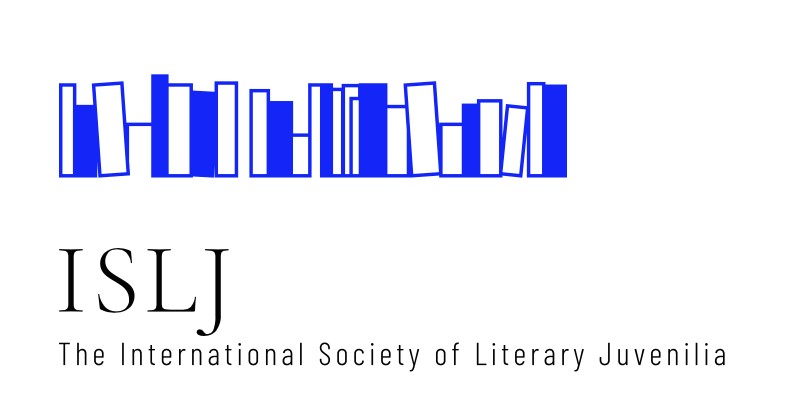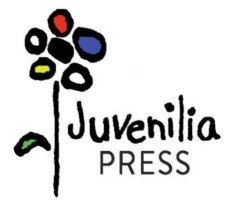Child Writing and the Traumatised Body
DOI:
https://doi.org/10.29173/jjs56Abstract
Texts by young conflict survivors, including the children of Hiroshima and Nagasaki, are worthy of historical and literary consideration on many fronts. How did young people experience, understand, and cope with damage to their bodies? What stigma did they face, and how did they make sense of their changed futures? How did they translate their experiences into prose, and how did they negotiate the meanings that such prose held within their societies? This essay suggests that juvenilia offers a deep well for other fields—trauma studies, the history of childhood, and even disability studies—to consider, and juvenilia studies might also incorporate new theoretical apparatuses that can help elucidate the personal, social, and political implications of young writers’ experiences of trauma and injury. Attention to children’s writing about their injuries may approach the asymptote of their trauma and offer insights for scholars working from numerous disciplinary points of origin.
.
Downloads
Published
Issue
Section
License
The Creative Commons Attribution-Noncommercial-No Derivatives 4.0 International license applies to all works published by the Journal of Juvenilia Studies and authors retain copyright of their work.
![]()



.jpg)
 Dedicated to the discussion and promotion of literary works by young writers
Dedicated to the discussion and promotion of literary works by young writers

